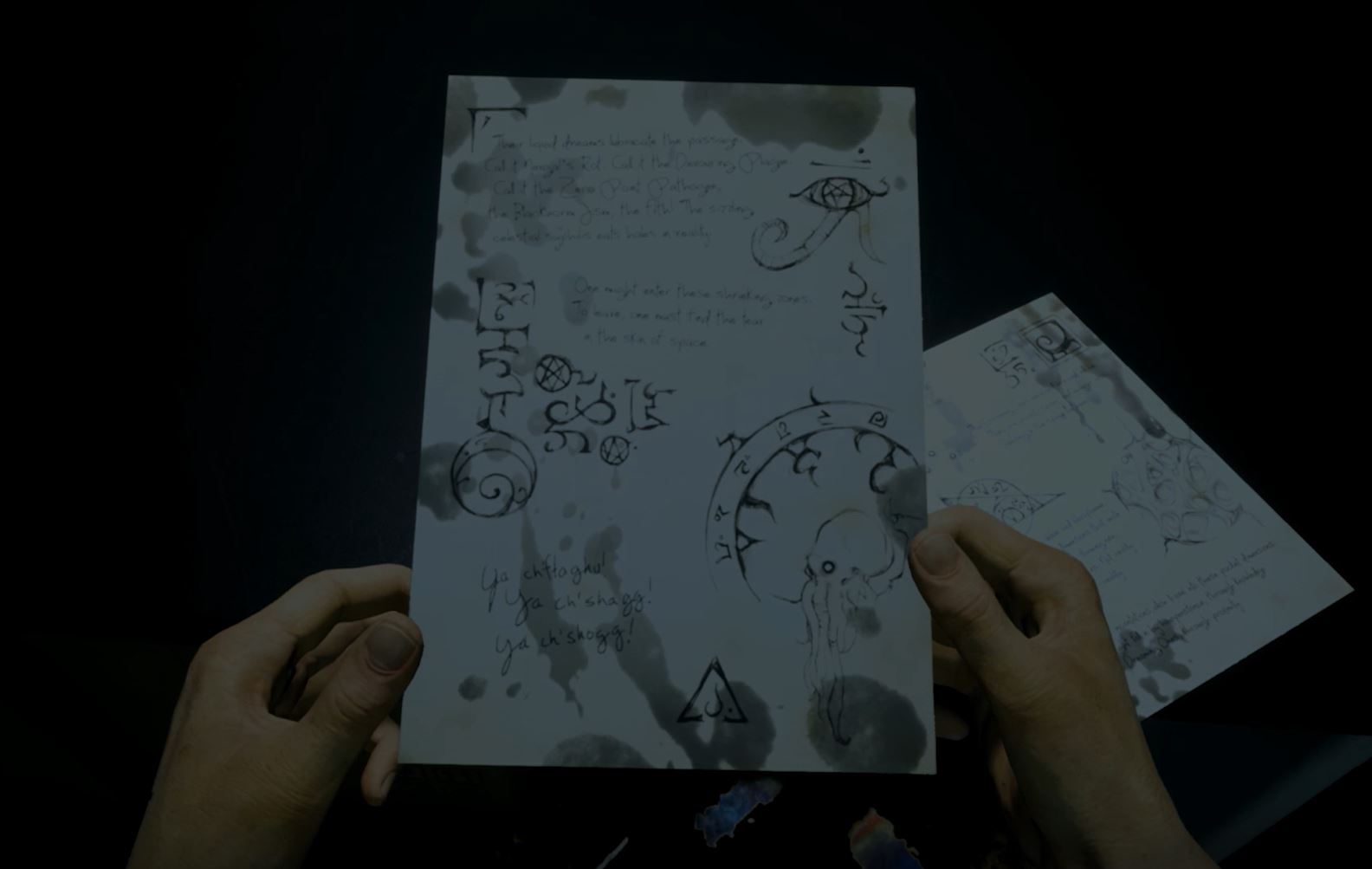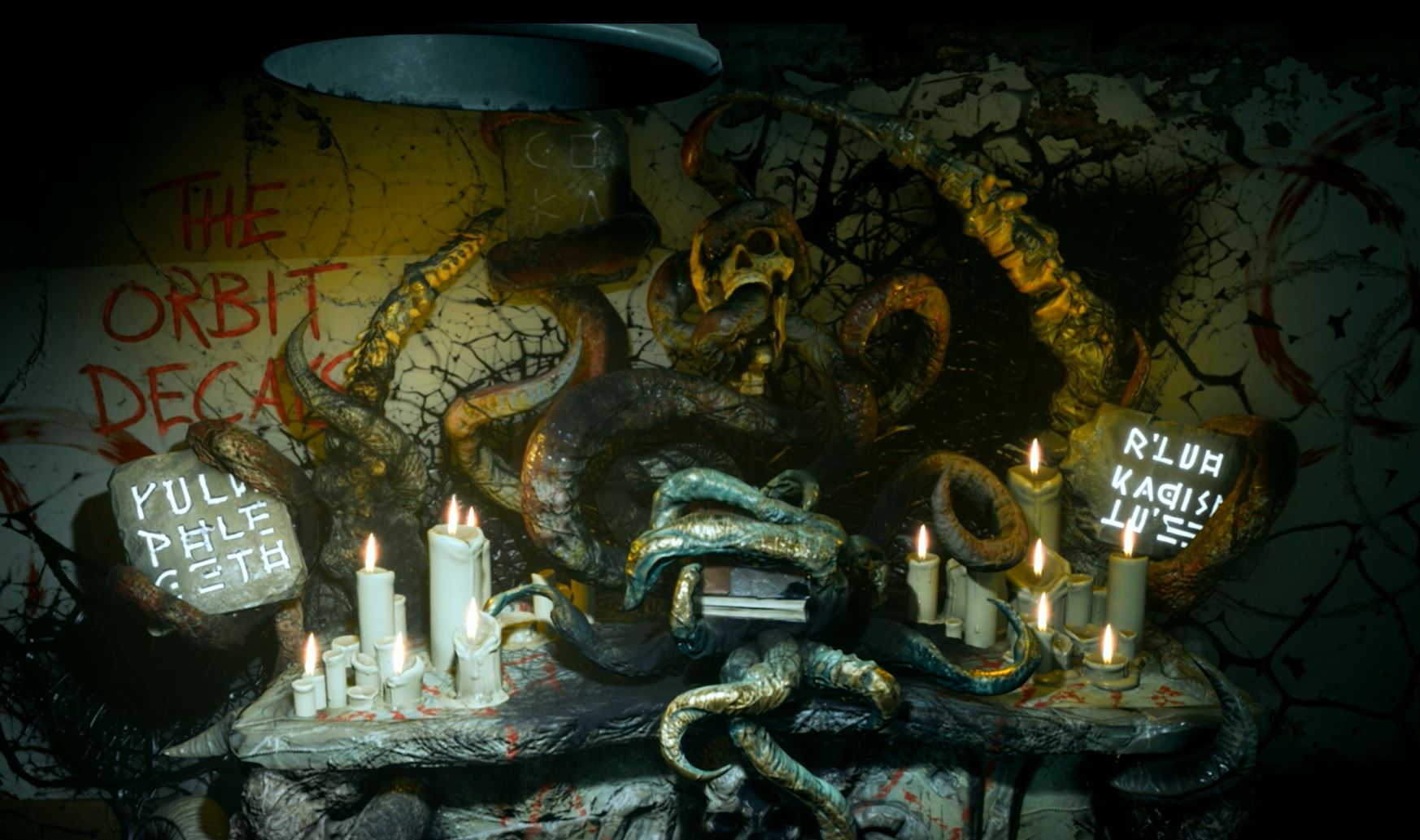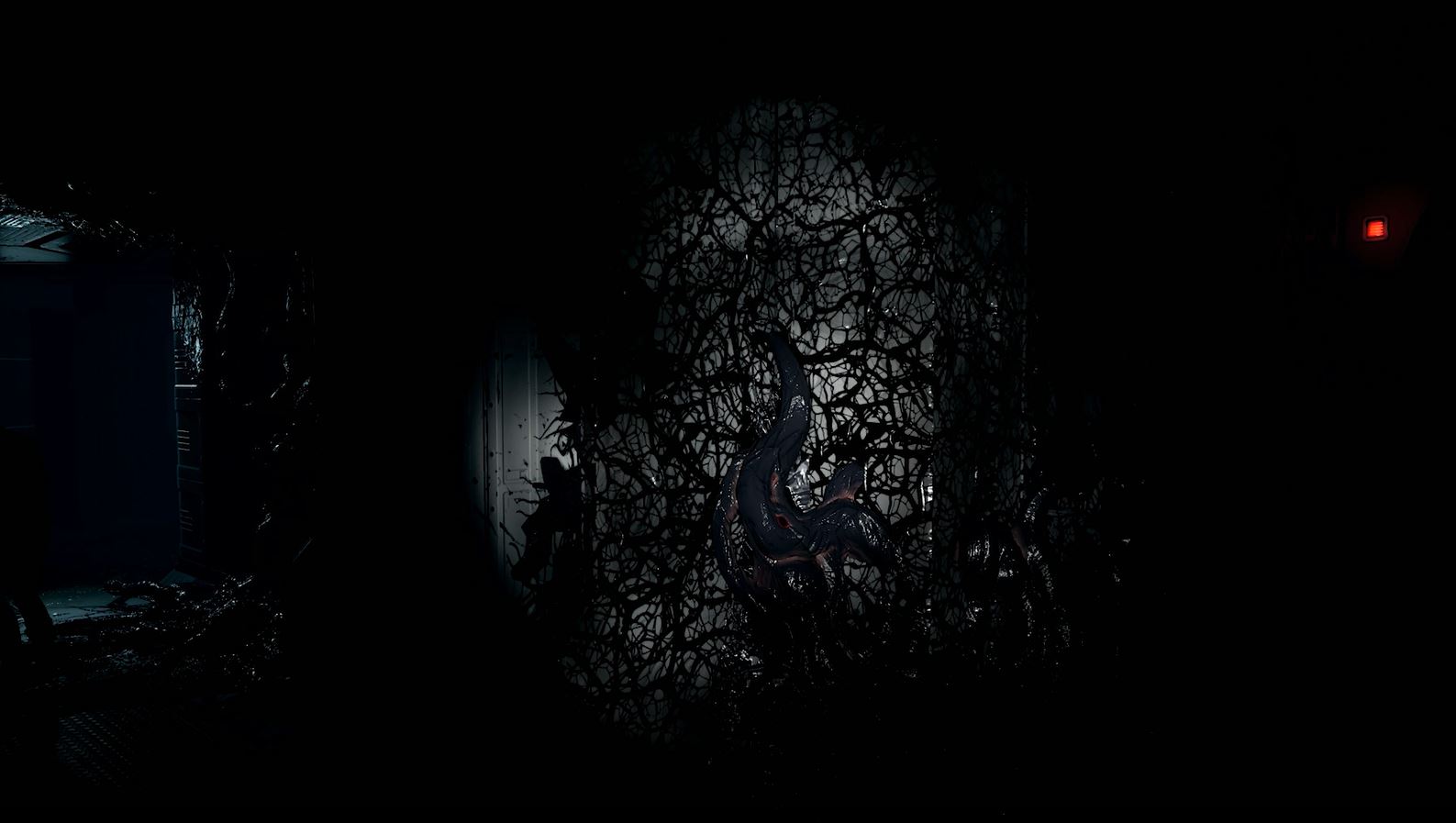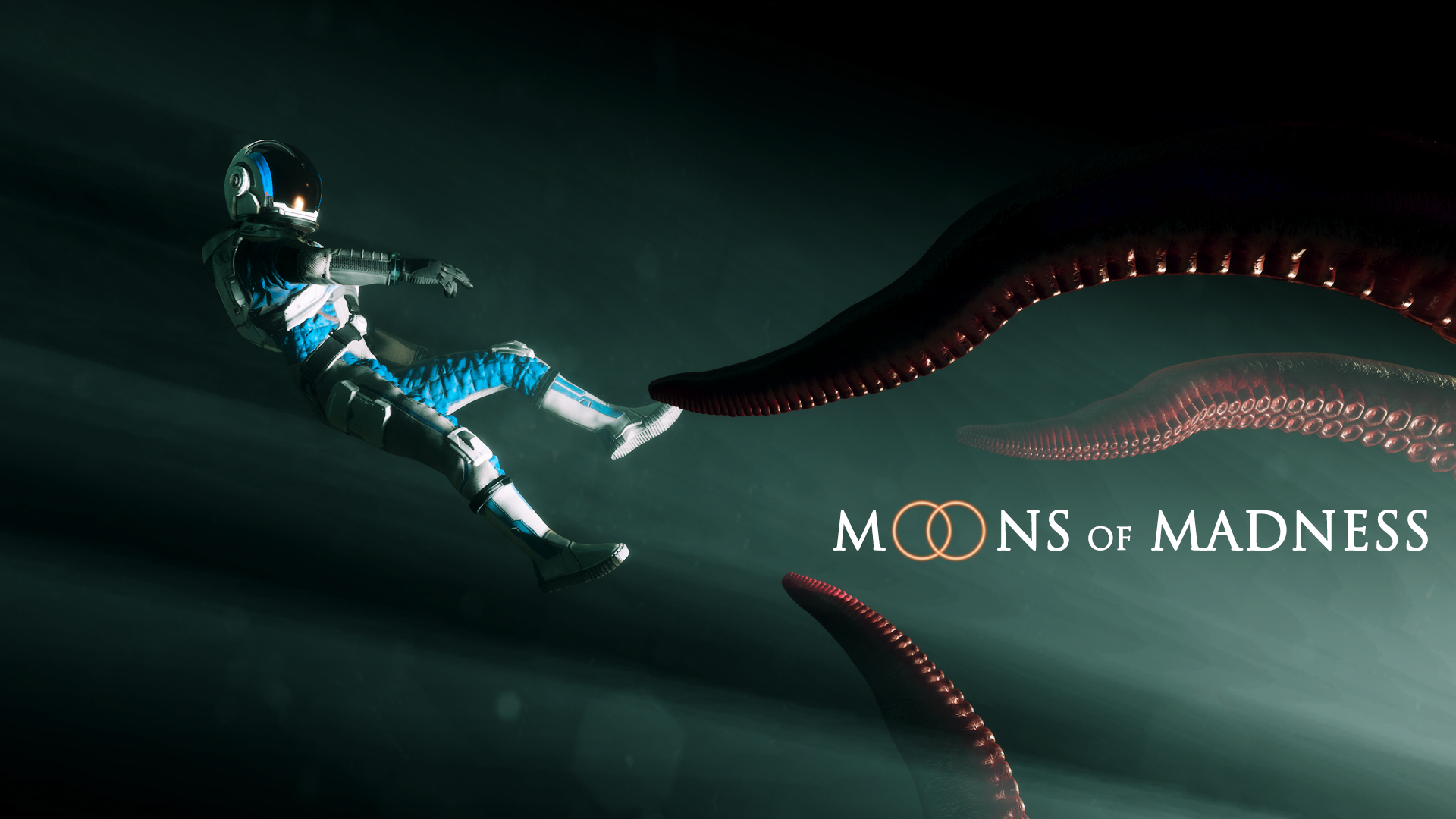'Moons of Madness': 6 Ways This New Space Game Is Terrifying (Video)
The new space horror game is available beginning today (Oct. 22).
Check out the haunting encounters a player can experience in the new video game "Moons of Madness" in this video. A disappearing apparition and a nimble multilimbed monster are some of the most frightening sights in the game.
Today (Oct. 22), video-game developer Rock Pocket Games and publisher Funcom release "Moons of Madness," an out-of-this world horror game, so those wanting to add some fright to their October ahead of Halloween can fire up their gaming PC and give this story a go.
"The game is set on the planet Mars in a not-so-distant future, and mixes the scientific exploration of the red planet with the supernatural dread of Lovecraftian horror," Funcom representatives shared in a March 2019 news release.
Related: A Photo Tour of the Creepy Mars Base from 'Moons of Madness'
Video: 6 Ways 'Moons of Madness' Makes Mars Terrifying
This single-player game offers beautiful interiors and their scary transformation as trick-or-treats for the eyes. Cryptic messaging also pique the mind's interest. Wrapping up this space horror story in a creepy bow-tie is its cast of nasty alien and ghost-like creatures. Here's why "Moons of Madness" just might haunt your dreams.

1. Mars monsters?
Cryptic letters hint at the monsters lurking on the Martian base where "Moons of Madness" is set. The letter features a spooky Eye of Horus, where the ancient Egyptian symbol has been modified with two tentacles.

2. Creepy tentacles
Tentacles wrap around a skull near this creepy altar-like setting. Candles and skulls enhance the horror mood.

3. There's a "thing in the mist"
The "Thing In The Mist" may jump out at a player when prompted to turn on a switch outside the base.

4. "They Never Turn Away!"
A bulletin board with maintenance duties scribbled on it has been written over with the enigmatic words: "They Never Turn Away!"

5. Aliens
The nasty sprawl of alien appendages branch out along the walls of the Martian base's corridors.

6. Where'd those balloons come from?
"Come, blow out my candles," this creepy character asks. She sits near an unlucky (13) number of balloons. A party hat and a birthday cake are beside her.
"Moons of Madness" will also be available for XBox and Playstation 4 on Jan. 21, 2020.
- Moons of Madness, horror game set in Funcom's The Secret World universe, is out this month
- NASA Data Is Making Video Games Stunningly Realistic
- Mars Attacks! BBC Unveils 'War of the Worlds' Trailer
Follow Doris Elin Urrutia on Twitter @salazar_elin. Follow us on Twitter @Spacedotcom and on Facebook.
Breaking space news, the latest updates on rocket launches, skywatching events and more!

Doris is a science journalist and Space.com contributor. She received a B.A. in Sociology and Communications at Fordham University in New York City. Her first work was published in collaboration with London Mining Network, where her love of science writing was born. Her passion for astronomy started as a kid when she helped her sister build a model solar system in the Bronx. She got her first shot at astronomy writing as a Space.com editorial intern and continues to write about all things cosmic for the website. Doris has also written about microscopic plant life for Scientific American’s website and about whale calls for their print magazine. She has also written about ancient humans for Inverse, with stories ranging from how to recreate Pompeii’s cuisine to how to map the Polynesian expansion through genomics. She currently shares her home with two rabbits. Follow her on twitter at @salazar_elin.

